6 Must’s For Selecting Breeders
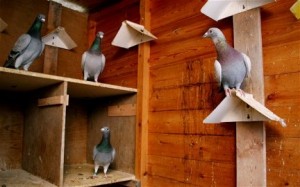 Recently we have been discussing breeding and in particular we have been discussing some very important things you should be looking at when selecting your breeders. In the last article we went over three of the most important things to look at when selecting your breeders which will help you get the most out of your breeding and will help you breed those coveted champion pigeons that all of us look for.
Recently we have been discussing breeding and in particular we have been discussing some very important things you should be looking at when selecting your breeders. In the last article we went over three of the most important things to look at when selecting your breeders which will help you get the most out of your breeding and will help you breed those coveted champion pigeons that all of us look for.
Those three things are:
1. Racing Performance
2. Breeding Performance
3. Physical Characteristics
(You can read more about these three things by clicking here)
Get those three things right and you will deffinetly raise your chances of breeding champion pigeons. But if you really want to boost your chances of breeding champions then here are a few more things that you should be looking at when selecting your breeders.
4. Behavioral Characteristics
You should select breeders if possible that have good behaviors. I believe many of these are inherited if not genetically, also directly from the parenting of youngsters. I prefer a bird that is calm in the loft. I like a bird that has a very strong desire to defend it’s nest, eggs and youngsters. I want breeders that are excellent nest builders. I like to make my old bids collect their own pine straw from a container on the floor just so I can note who works harder at building a nest. Sometimes they really surprise me with huge towers of straw in a nest bowl. It also keeps them busy. If you are selective and remove birds that have bad behaviors on the race team, such as those that are lazy and don’t loft fly well or those that despite your efforts do not trap well, then breeders from your race team will have those positive behaviors that you desire.
5. Pedigree
First some clarifications must be made about pedigrees. First, a pedigree is only as honest as the man who wrote it. Secondly, infidelity is a scientifically proven fact in racing pigeon lofts. It would be worth your time to read the following: The Pigeon Breeder’s Notebook: An Introduction to Pigeon Science, by Joseph W. Quinn, Copy-write 1971, Illegitimacy in Pigeons, pages 110-112. It reports 2-17% illegitimacy depending upon the types of nest boxes that were used. In a racing loft, we are more concerned about space and types of nesting boxes to motivate our birds. If you are a natural flyer, be warned there is a level of illegitimacy in your loft. But, when you are selecting from your own race team, you are selecting for traits that your birds already possess, where even if you are purchasing a bird with a guaranteed pedigree, some traits you desire may not be in the genetics at all. I advise everyone to visit Ron Huntley’s Rare Colored Pigeon website but also to read his “The Ten Commandments of Every Pedigree” at: http://www.angelfire.com/ga/huntleyloft/Genetics_Chapter_4.html This is a great example of knowing your basic genetics, color, pattern inheritance etc. can help you determine errors in pedigrees or illegitimacy.
If you are confident with your pedigree then look for ancestors that meet your standard. If you are breeding for a long distance bird, you want a pedigree full of long distance birds. Unfortunately a lot of pedigrees only list famous names of famous champions in a family of birds. You might have to do your research to find out exactly what kind of distances those birds were flying and that can be difficult when dealing with imports. I really like to see common ancestors on both the Dam and Sire side of a pedigree. I especially like to see signs of in-breeding or line breeding in a pedigree. Mind you though, if you are looking back two or three generations and though descended from champion ancestors, those recent few generations have only been stock birds, there is a chance something has been lost. If you have a pedigree from an actively flying loft and there is in-breeding and line breeding which has produced scoring birds, I would consider it a very valuable pedigree.
Remember, regardless of the pedigree, if a bird can not produce anything valuable, it has no value to you as a breeder!
6. Relationships
Look for relationships when breeding. Try to cross birds that are as related as possible. Matings such as Uncle x Niece, Cousin x Cousin, Grand Father x Grand Daughter are valuable. It increases your chances of producing homozygous positive traits. If you are into using the line breeding of Joe Rotundo or the line breeding of M. H. “Dad” Paget then relationships are extremely important. If you do not have birds that are related within two generations but you do have birds that are of the same or share the same “strains” then match them up. Yes, earlier I wrote a rant about the use of “strains”. It’s a shot in the dark, but you have a better chance of getting homozygous traits then two totally unrelated pigeons from two totally unrelated strains.
7. Conclusion
With all of this, you are not guaranteed success. In summary there are really two goals to breeding. First to breed to maximize potential and secondly, to “breed up”. That is, your goal should always be to improve your stock. This is done by strict selection to eliminate deleterious traits from your gene pool, as well as attempting to create birds homozygous for beneficial or desired traits. Finally, if you can find or purchase stock that will improve your gene pool, of course do so. Just remember, victory starts in the breeding loft.
6 Must’s For Selecting Breeders by Domanski Family Lofts

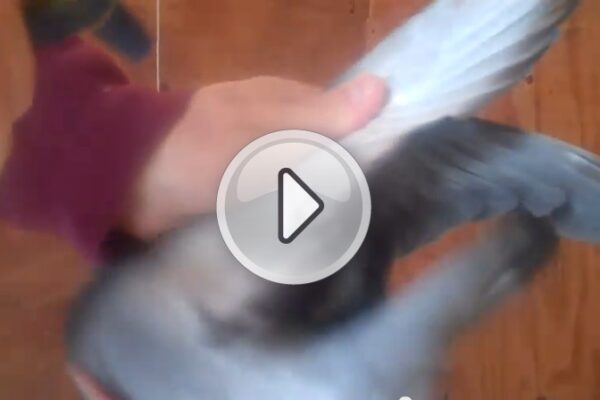

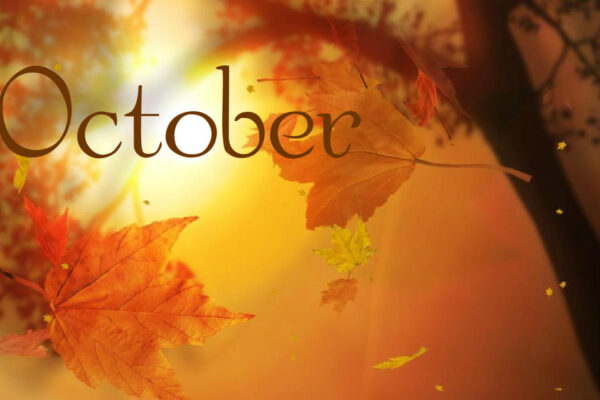
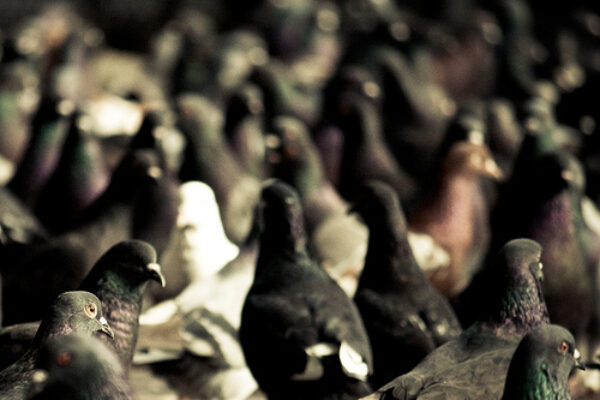
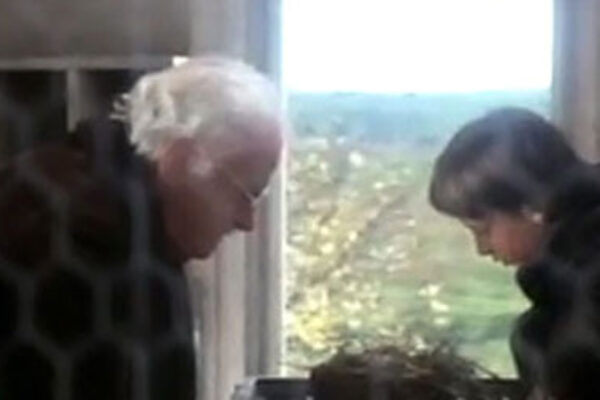


Great article, im just returning to the racing game. My 3 year plan is to first buy 40 or so good young birds and train them up and pick out of that group my first group of breeders. I believe smart-sharp strong winged birds are going to be my only choose to build that group. Over crowding birds is a big problem im hearing. I want only 5 sets of the best racers/flyers for my breeders. That team of 5 sets could breed 30 birds a year. Thats alot of birds to choose from to makeup my young bird teams. I say after 3 years i should have my top breeders and 2 teams to race. What do you think your comments will be meet with a open mind always.
Hi Rod it will take you longer than that at least four years i would buy six to eight late hatches
from a good flyer and breed from them it will be cheaper than buying all those young birds
and also safer because you will be buying from one flier and race the young from these birds
and the ones you don;t get anything off the first year switch them around i give breeders
two years and if they don’t breed they are gone i hope this helps you out buying and saving money
also you have a four year plan in my eyes is a better way to go there is no quick way of getting to the top Brad.
6 Must’s For Selecting Breeders by Domanski Family Lofts very good advise and it said it all. Thanks guys !